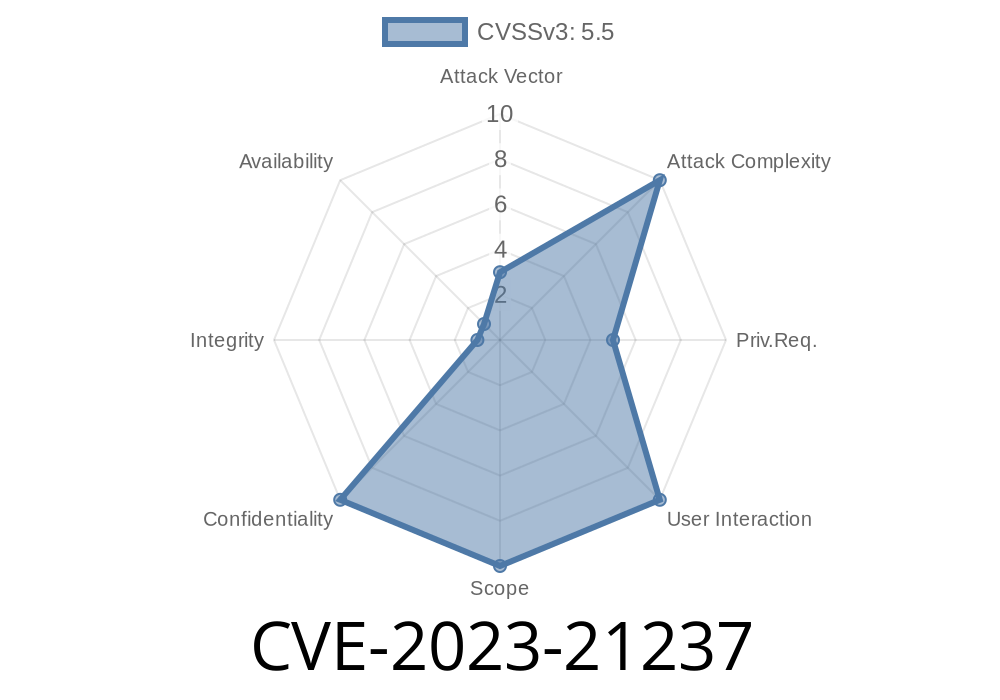A recently discovered vulnerability, CVE-2023-21237, exists in Android's "applyRemoteView" method within the "NotificationContentInflater.java" file. This vulnerability could potentially be exploited to hide notifications of foreground services, thereby leading to local information disclosure. It is important to note that this does not grant any additional execution privileges to an attacker and user interaction is not necessary for its exploitation.
We will be discussing the details of the vulnerability, including its root cause and how it affects Android devices, as well as reviewing the relevant code snippet and providing links to original references.
Vulnerability Details
The vulnerability resides in the "applyRemoteView" method within "NotificationContentInflater.java". Due to insufficient user interface (UI) checks, a malicious app could potentially hide the notification for a foreground service, consequently causing local information disclosure. As previously mentioned, there are no additional execution privileges needed for this exploitation.
The following code snippet showcases the vulnerable method within NotificationContentInflater.java
private void applyRemoteView(final InflatedSmartReplies r, final NotificationEntry entry, ExpandableNotificationRow row, final RemoteViews newContentView,...) {
...
try {
remoteView = mInflator.apply(entry, builder);
} catch (...) {
...
}
mInflator.setupColorTransitionListeners(remoteView, entry);
}
As seen in the code snippet, "applyRemoteView" is responsible for inflating a layout attributed to a RemoteViews object and then setting up color transition listeners accordingly. However, proper UI checks are not performed, allowing for the possibility of hiding a foreground service notification and leading to information disclosure.
Exploit Details
An attacker would need to manipulate the RemoteViews object with misleading or insufficient UI to exploit this vulnerability. Malevolent apps could then hide the foreground service notification from the user, resulting in information disclosure.
It is crucial for developers to ensure that their applications perform the necessary UI checks to mitigate risks related to this vulnerability.
Original References
For more information on this vulnerability, please refer to the Android Security Bulletin, which can be accessed at Android Security Bulletin - October 2023.
The Android Open Source Project (AOSP) provides further details about the source code components and changes associated with this vulnerability. The source code for NotificationContentInflater.java can be found at NotificationContentInflater.java.
Conclusion
In summary, CVE-2023-21237 is a vulnerability that affects Android-13, presenting a risk of local information disclosure due to insufficient user interface checks. Developers should take the necessary precautions to prevent their applications from being exploited, and users should remain vigilant about the applications they install on their devices.
Timeline
Published on: 06/28/2023 18:15:00 UTC
Last modified on: 07/06/2023 13:06:00 UTC
